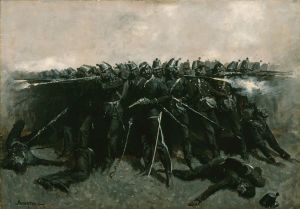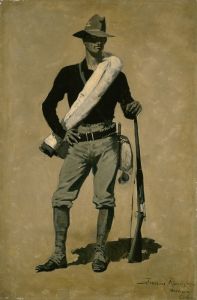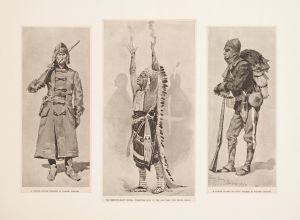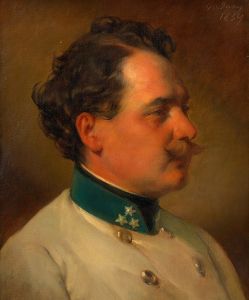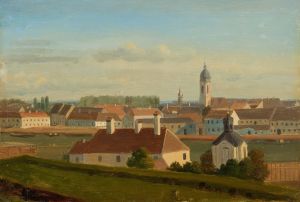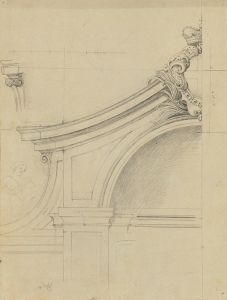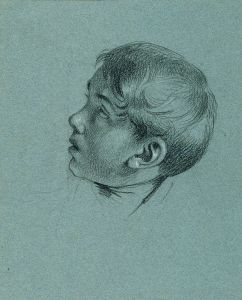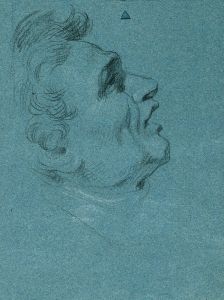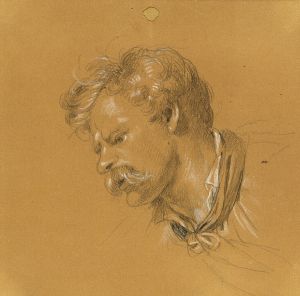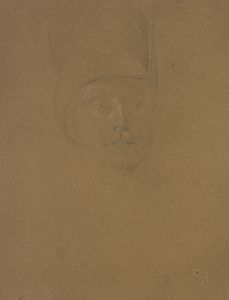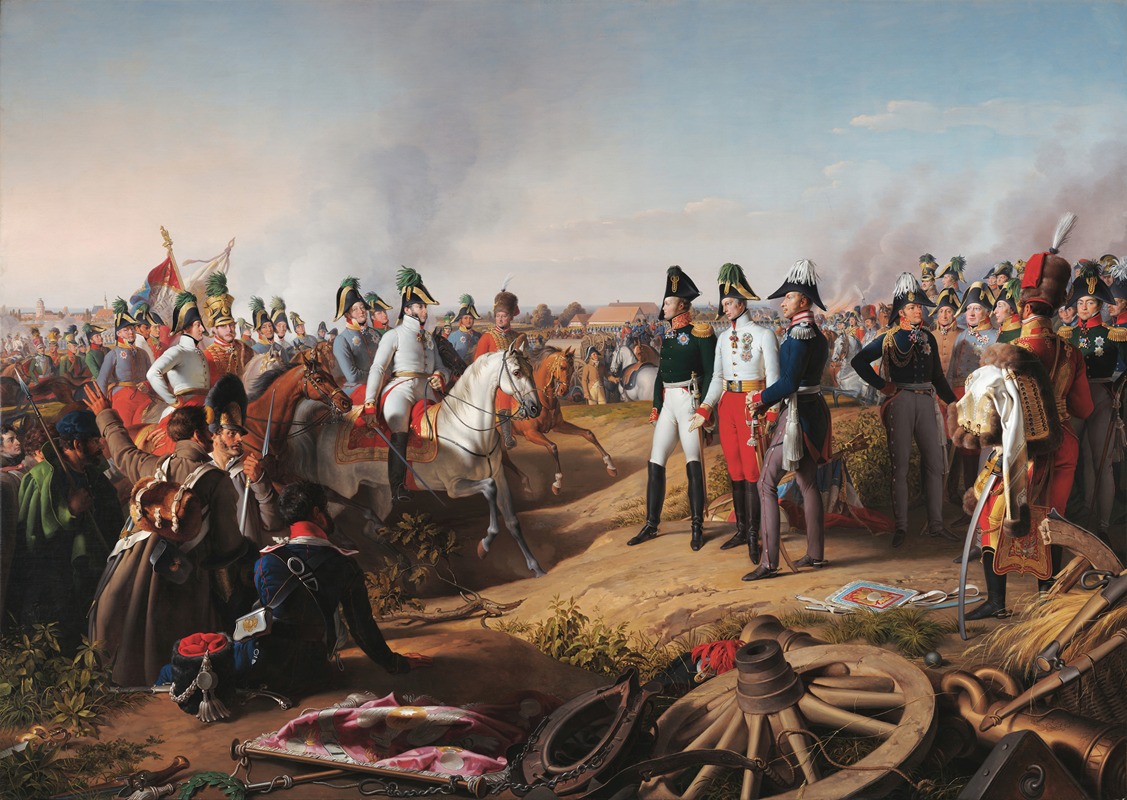
Declaration of victory after the Battle of Leipzig on 18 October 1813
A hand-painted replica of Johann Peter Krafft’s masterpiece Declaration of victory after the Battle of Leipzig on 18 October 1813, meticulously crafted by professional artists to capture the true essence of the original. Each piece is created with museum-quality canvas and rare mineral pigments, carefully painted by experienced artists with delicate brushstrokes and rich, layered colors to perfectly recreate the texture of the original artwork. Unlike machine-printed reproductions, this hand-painted version brings the painting to life, infused with the artist’s emotions and skill in every stroke. Whether for personal collection or home decoration, it instantly elevates the artistic atmosphere of any space.
Johann Peter Krafft's painting Declaration of Victory after the Battle of Leipzig on 18 October 1813 is a historical artwork that commemorates the decisive Allied victory over Napoleon Bonaparte during the Napoleonic Wars. The Battle of Leipzig, also known as the Battle of Nations, was fought from October 16 to October 19, 1813, near Leipzig in Saxony. It was one of the largest battles in European history prior to World War I, involving hundreds of thousands of soldiers from multiple nations.
The painting captures the moment of triumph following the conclusion of the battle on October 18, 1813, when the coalition forces of Austria, Prussia, Russia, and Sweden declared victory over Napoleon's army. This battle marked a turning point in the Napoleonic Wars, as it led to the eventual retreat of French forces from Germany and set the stage for the invasion of France in 1814.
Johann Peter Krafft (1780–1856) was an Austrian painter known for his historical and genre scenes. His works often reflected the political and cultural climate of his time, and he was particularly skilled at depicting dramatic and emotionally charged moments. In this painting, Krafft likely sought to convey the sense of relief and celebration among the Allied forces after their hard-fought victory. The composition emphasizes the unity and determination of the coalition, which had come together to oppose Napoleon's dominance in Europe.
The painting is notable for its attention to detail and historical accuracy, as Krafft was known to study uniforms, weapons, and other elements carefully to ensure authenticity. The figures in the painting are depicted in a realistic style, characteristic of Krafft's approach to historical subjects. The work reflects the patriotic fervor of the period and serves as a visual record of one of the most significant battles of the Napoleonic era.
While the exact circumstances of the painting's commission and its current location are not widely documented, it remains an important example of early 19th-century historical art. Krafft's ability to capture the spirit of the time has made this and similar works valuable for understanding the cultural and political sentiments of the era.
This painting is a testament to the power of art to commemorate and interpret historical events, offering viewers a glimpse into the emotions and experiences of those who lived through them.





